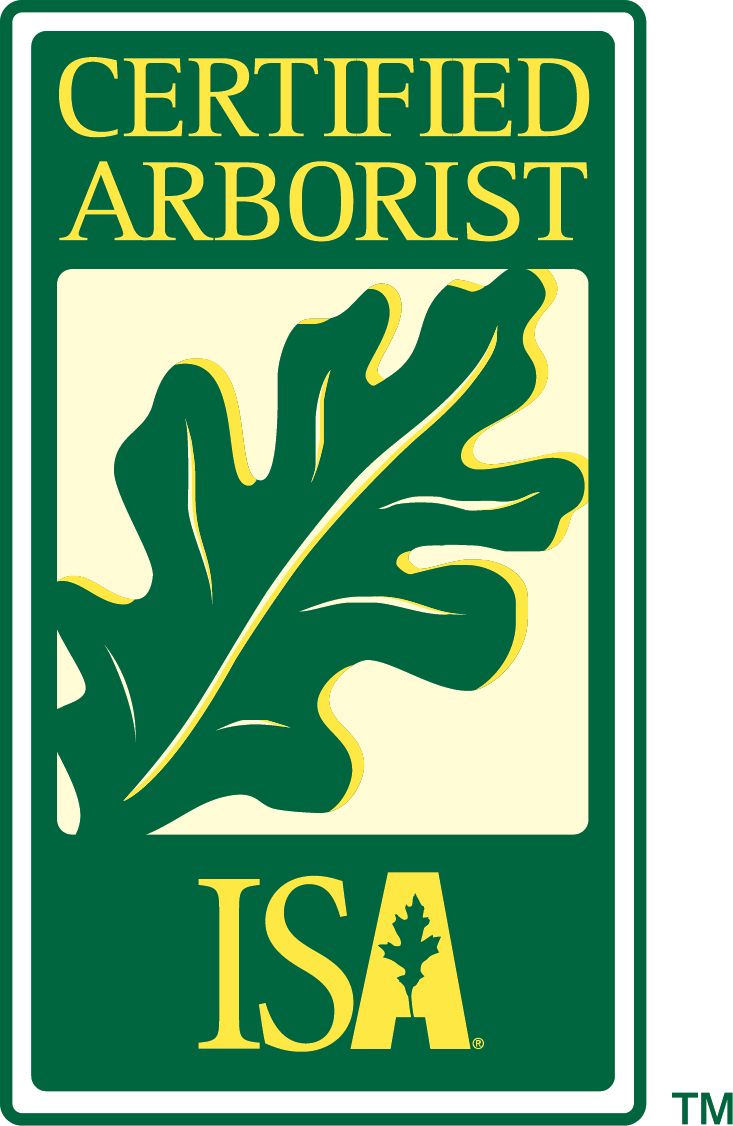HELPFUL HINTS FOR YOUR PLANTING PROJECT….
Proper Planning ensures your project looks it's best.
Get that Garden Underway
Here’s how to plan and care for new plants to keep them happy and vibrant.
The crisp, refreshing spring air and the extraordinary green of new plant growth gets many of us excited about the upcoming season. While we’re cleaning out the inside of our homes, that fresh breeze coming in through the windows also beckons us to look around outside. Whether you want a new landscape, or just to add new color with perennials and annuals, here are some important items to keep in mind for all of your new planting.
Find Your Vibe
First, think about your vision and expectations for your yard. “Our landscapes can be as unique as each one of us, but achieving that goal requires a little planning and creative thought,” says Kathy Glassey, senior consultant at Inspire Green.
To get those wheels turning and help research which plants are a good fit for your area, consider one of these landscape styles:
Tropical, with plants like palm trees, hibiscus, bird of paradise and bougainvillea.
Woodland, with deciduous and coniferous trees, stone walkways and birdhouses. These are often low maintenance.
Prairie, with a variety of wildflowers in lieu of trees.
Desert, with varieties of succulents. These are also low maintenance.
English garden, with a mixture of florals, shrubbery and trees, plus often a water attraction.
Japanese garden, with a balanced landscape design that promotes peace. Common additions include small waterfalls and bamboo accents.
Tuscan, with citrus plants and potted herbs.
French, with straight-lined shrubbery designs and highly maintained plants, shrubs and trees.
Spanish, with terraces and ceramic pots, which are often glazed bright blue.
But, it doesn’t matter what your style is if you don’t properly prepare for your design. Besides researching the USDA Plant Hardiness Zone Map for each species, keep in mind: Tropical, Tuscan and desert styles require sandier soil, and many of these plants will not survive freezing temperatures or snow. If you like this style but do not live in an area that can support these plants, they will be stressed and succumb
to insects, diseases and probably death. With high-maintenance landscapes like French, Spanish, English garden and Japanese, be prepared to spend a lot of time
caring for them, or to hire a professional landscaping company to tend to them.
Don’t forget to plan your watering source wisely, be it drip irrigation, hoses or watering cans.
Research Your Plants
Whether you hire a professional or take on this project solo, research what plant material you need. A professional landscape designer or nursery will be happy to provide this information. Most plants, shrubs and trees also come with an informative tag that provides basic information such as temperature hardiness, sun requirements and plant spacing guidelines.
Consider the Soil
There is a BIG difference between dirt and soil, and your plants need the complex composition, nutrients and biodiversity found in soil to succeed. Unfortunately, in many urban areas and new housing developments, those necessary organics barely exist. To ensure your new plants have soil for optimal health (and to make sure the money you just spent on them isn’t wasted), grab a shovel and try to dig. If the ground is so hard that it’s difficult to get through it, then compaction is your problem.
“Soil compaction can ruin all great intentions for plants,” says Glassey. “A healthy environment for your plants means 50% of the soil is pore space. “That’s because pores allow water and oxygen exchange. Without this basic process, young root systems have almost no chance of success. Your new plants may look good for a short period of time, but most often you will start seeing signs of decline within months to a year later.
To fix your soil:
Add organic soil amendments.
Consider hiring a professional, who can provide your plants with the best possible soil plus monitor young and new plants to ensure they are getting their needs fulfilled to become the gorgeous landscape you anticipated. Tend to each plant’s specific watering needs. New plantings require close attention and care. Most annuals need some water every day, unless it rains. Perennials should be watered daily for the first few weeks. Shrubs and trees may only need water every few days or once a week, but evaluate them daily to make sure they’re getting what they need. “You MUST pay attention to this almost more than anything else,” says Glassey. “If you over-water, there’s a likelihood that all of that water will remain in the planting site, especially in clay soils, and this can cause root rot and anaerobic environments that are not conducive for healthy root growth. If you under-water, the fine feeder roots , which are
crucial to providing water and nutrients to your plants, will dry out.” A general rule of thumb for many species is that water should never puddle and remain on the surface, nor should the soil surface be cracked and appear dry.
Apply a 2 to 3-inch cover of quality mulch, keeping it away from the trunks of newly planted trees. This will help protect the root systems, plus as it breaks down the organic matter will help soil biology. No mulch is needed for turf. “Now you can enjoy your new project, because you’ve provided the best care to help you achieve your outdoor environment goals and set your landscape up for success,” says Glassey.




